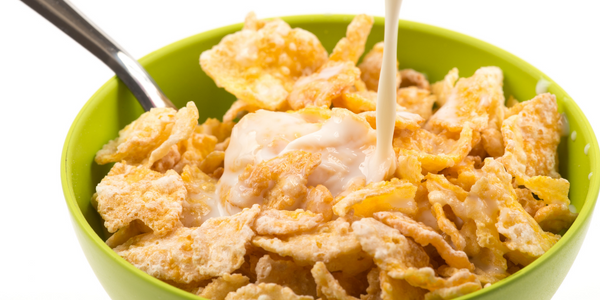Automating Curbside Pickup: A Survival Strategy for The Ruby Tap Wine Bar
- Equipment & Machinery
- Food & Beverage
- Leasing Finance Automation
- Material Handling Automation
The Ruby Tap, a self-serve wine bar in suburban Milwaukee, Wisconsin, faced a significant challenge due to the social distancing measures necessitated by the COVID-19 pandemic. As a business built around people gathering, the inability for customers to visit the bar threatened its survival. The uncertainty of when normal operations could resume meant that the business had to quickly adapt to the new circumstances. The initial solution was to offer curated wine for curbside pickup through their website. However, the team quickly realized that the form they used for customers to purchase bottles was not sufficient. They needed a more efficient way to track sales, manage orders, and handle customer preferences.
The Ruby Tap is a self-serve wine bar located in suburban Milwaukee, Wisconsin. It is co-owned by Nelson, his wife Sarah Nelson, and her sister Brooke Boomer. The business model of The Ruby Tap is built around people gathering to enjoy their wine offerings. However, due to the COVID-19 pandemic and the resulting social distancing measures, the business had to quickly pivot to a new model to ensure its survival. The Ruby Tap's customer base is supportive and adaptable, as evidenced by their willingness to switch to the new curbside pickup model.
To address the challenge, The Ruby Tap team turned to automation. They created a 'Zap', an automated workflow, that allowed them to take the information from their payment platform, Stripe, and pull it into a Google spreadsheet. This spreadsheet became the dashboard that powered the entire operation. It allowed them to track whether an order was ready for pickup, whether it had been picked up, and also enabled them to leave notes for themselves. The automation process helped them manage the influx of orders and customer preferences efficiently. The team was able to quickly adapt to the new business model, thanks to the automation tools that made it easy to try new things and act quickly.
Related Case Studies.











